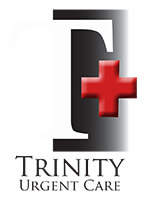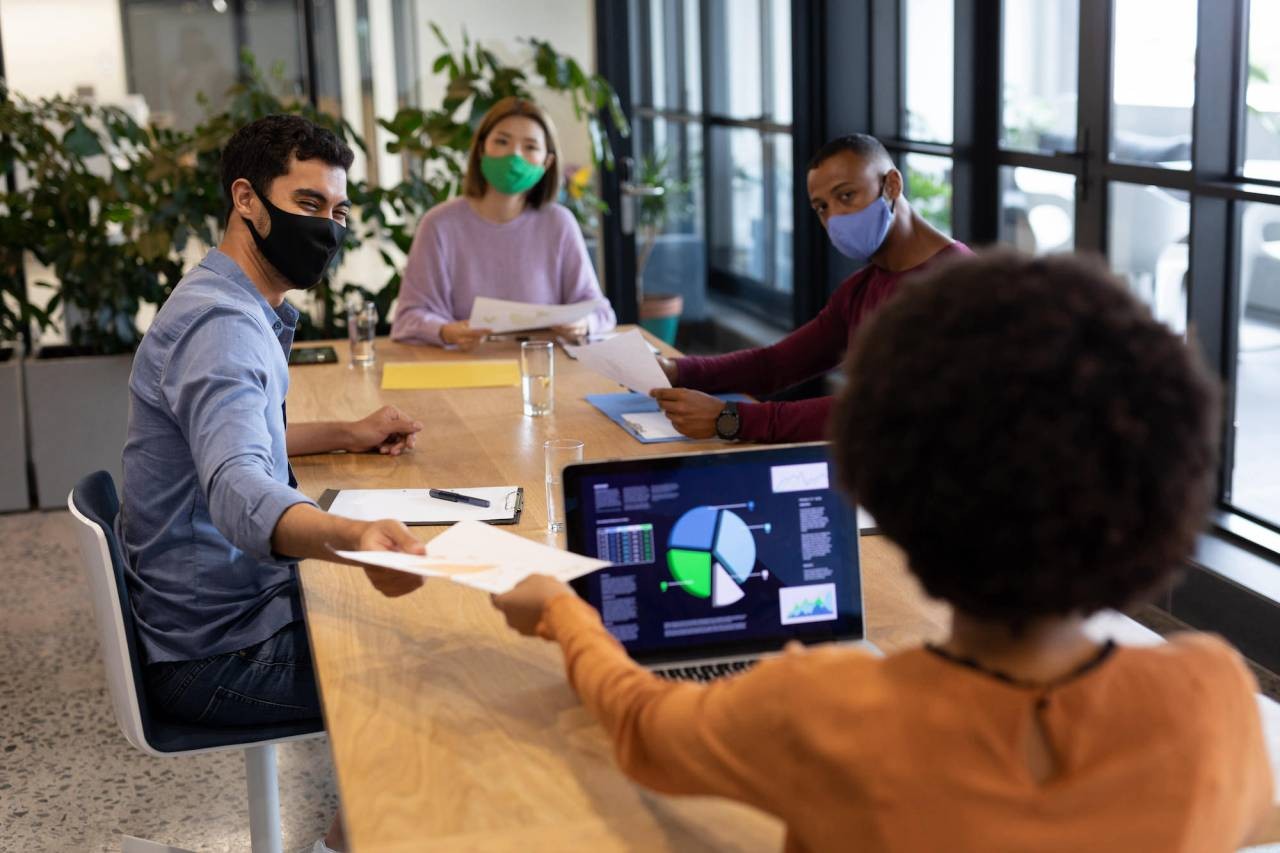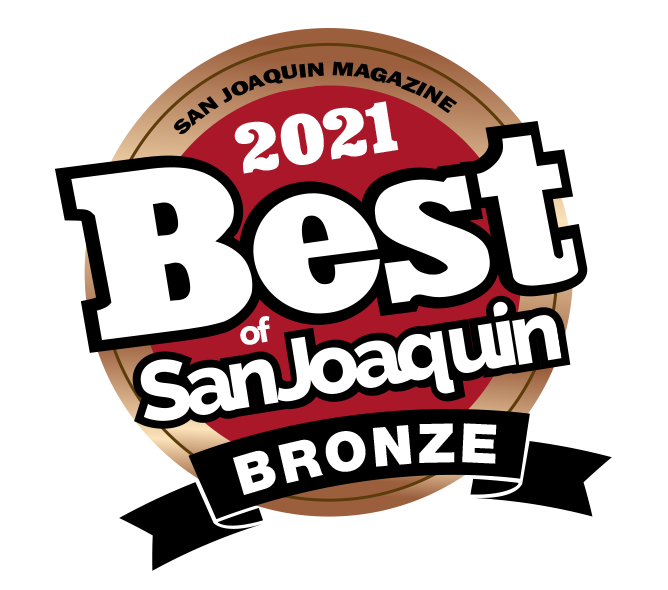Urgent Care & Occupational Health in Stockton
Urgent Care & Occupational Health
in Elk Grove
Navigating Shifting COVID Protocols in the Workplace
The COVID-19 pandemic has disrupted life and work as we know it. It has been a period marked by rapid, ongoing change for many organizations. As employers begin to lift their pandemic-related safety requirements, they should also note the ongoing obligations to protect the health and safety of their employees and support their expectations of a post-COVID “new normal.” As businesses come surging back, management teams are responsible for leading their companies through these fast-moving changes.
Workplace Health and Safety
Ensuring the health and safety in the workplace was already a critically important issue. Organizations that invest in occupational safety perform better, reduce turnover, and help workers do their jobs more effectively. Then COVID-19 came along, forcing companies to act quickly and decisively to keep workers safe. As employers endeavor to slow the spread of the virus while simultaneously maintaining a productive and supportive work environment, they have had to adapt new business processes and procedures.
While some states dropped their masking and social-distancing policies once vaccinations became widely available in 2021, others retained stringent safety requirements during spikes in COVID cases caused by the delta and omicron variants. Now all states are starting to roll back their directives.
At minimum, employees need to abide by the workplace mandates applicable to each state and their local municipalities. Some workers may feel safer with a masking requirement even if their state does not require it, while others might resist completely. Regardless, if an organization believes their company culture would be better served with a more stringent requirement than what the state or local rules require, then that is completely up to their discretion.
An employer’s requirements depend on the nature of the workplace and likelihood of exposure. For example, lifting masking and social-distancing requirements is less risky in areas where cases are dropping and employees work in offices and cubicles spaced 6 feet apart. However, if cases are rising and employees are in a manufacturing environment where physical distancing is not possible, it would be prudent to continue to require masks.
When making decisions regarding requirements, employers should review applicable guidance from the federal Occupational Safety and Health Administration (OSHA) or their local state plan, which may have more stringent rules.
Policy Communication and Management
Businesses are entering a new season of change, just as they emerge from another one. This new season, like others before it, will benefit from effective and up-to-date communication and management in the workplace. There is a lot of interplay between federal and local law, and decision-makers need assistance to wade through all of the information on a regular basis. While most state and local government agencies are rolling back workplace rules and regulations, we know from the last two years that these rollbacks are subject to change at any time.
Employers should prepare a transition plan that allows adequate time to communicate changes with employees and implement any new policies that may arise. Further, creating predetermined fallback rules and guidelines in the event of reinstated safety precautions can help avoid confusion and frustration among employees should they occur.
Organizations must focus on creating awareness among employees for any changes made to the future of the workplace, including technology, policies, and procedures. It’s critical to communicate why each change is beneficial and necessary for the business and employee. It is also critical that employees understand that these changes are going to fundamentally change how the business operates. New schedules and office arrangements will impact each employee’s work in some way, even if it does not affect them on a day-to-day basis.
Ultimately, employers are responsible for the health and safety of their employees in the workplace. A strong focus on communication, workplace culture, and alignment in the organization’s purpose, mission, and values will support connected organizations. Strong cultures make change management easier and more successful. If you have any questions regarding how to manage changing COVID-19 mandates and protocols, please contact Trinity Occupational Health!
Related Posts
Comments
By accepting you will be accessing a service provided by a third-party external to https://www.urgentcaretrinity.com/
Stockton Urgent Care & Occupational Health
Elk Grove Urgent Care & Occupational Health
Important Notice: If your emergency occurs after regular business hours, please visit your nearest emergency room. For life threatening injury or illness, call 911 or visit your nearest emergency room.
Website Contents ©
Trinity Urgent Care
Unauthorized duplication or reposting of the contents of this site in any form is strictly prohibited.
Stockton Website Design by Brentwood Visual



